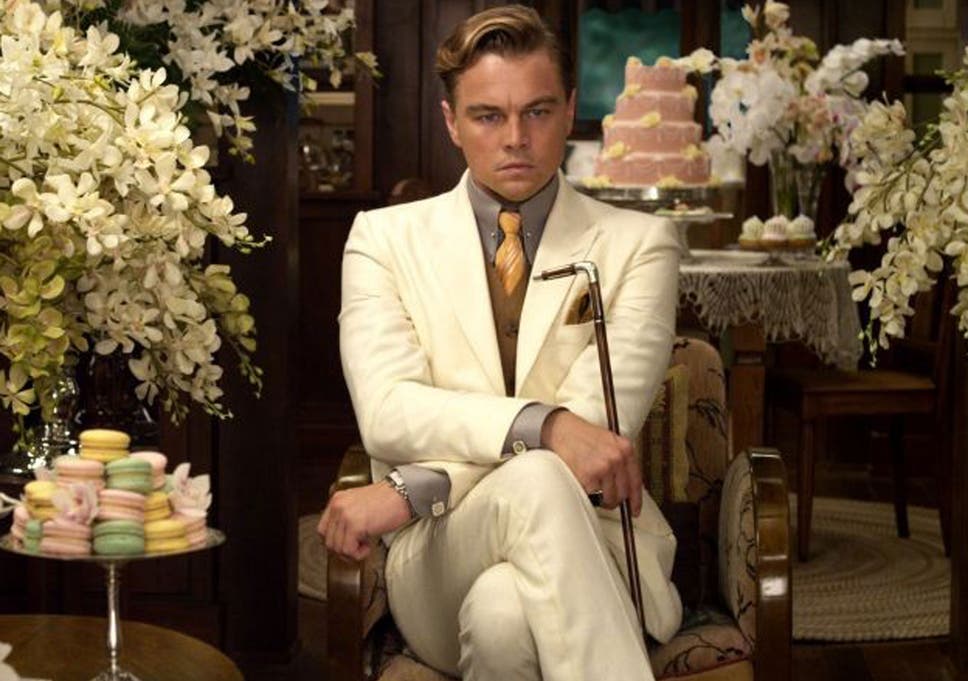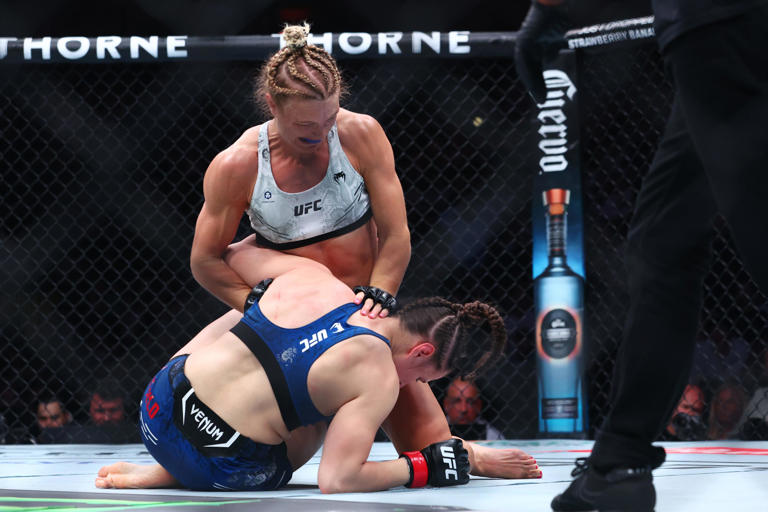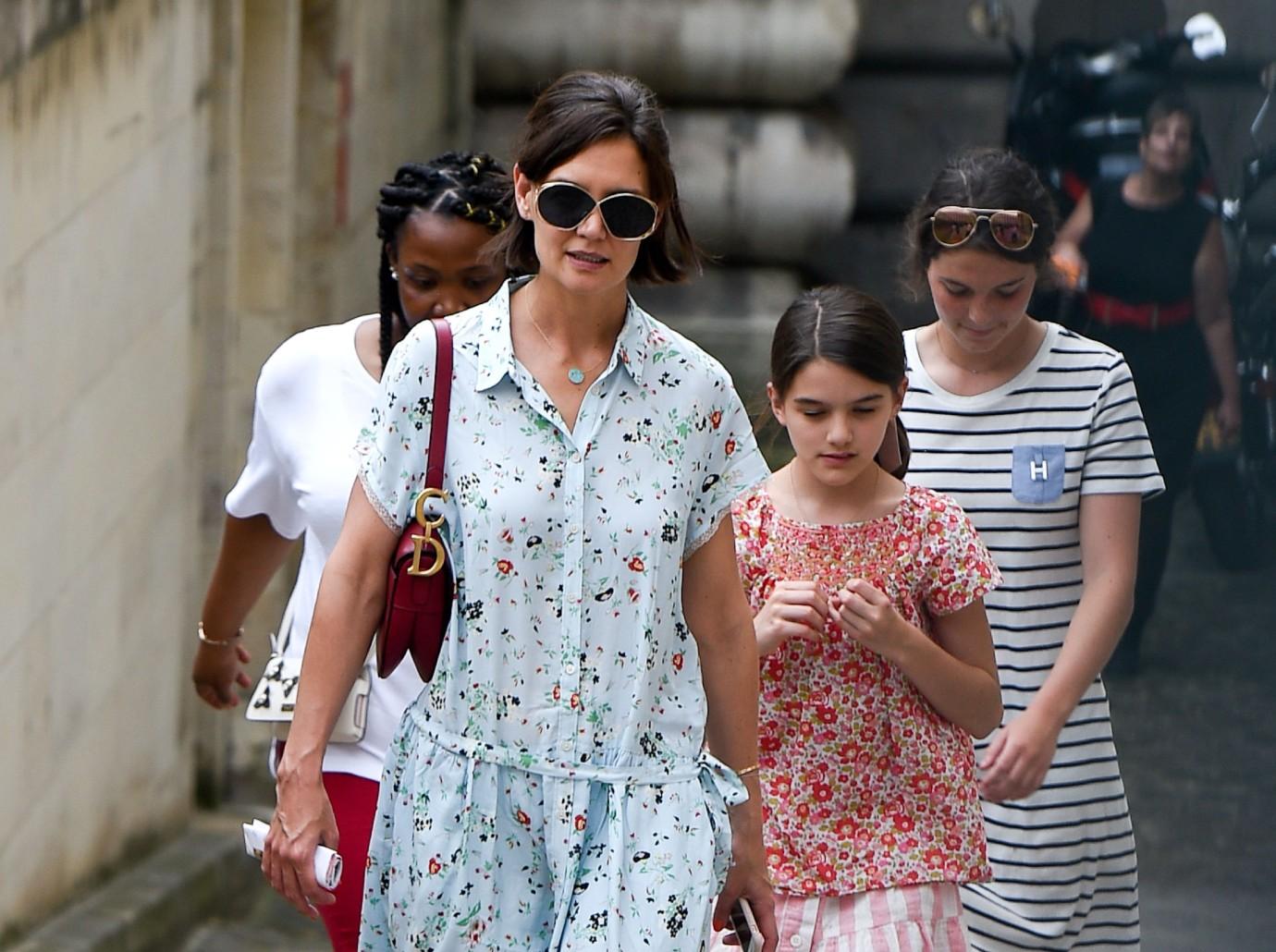Unmasking Gatsby: The Real-Life Figures Who Shaped The Novel

Table of Contents
The Real-Life Jay Gatsby: Multiple Prototypes and Their Influence
Jay Gatsby, the enigmatic millionaire, is arguably the most captivating character in Fitzgerald's novel. However, the question of whether Gatsby was based on a single real-life figure is complex. It's more likely he's a composite character, drawing inspiration from several individuals who embody different facets of Gatsby's personality. The Gatsby prototype, as some scholars suggest, is a blend of several real-life figures.
-
A Composite of Characters: Fitzgerald likely drew inspiration from various wealthy and powerful figures of the era, many involved in the lucrative – and often illegal – bootlegging business of the Prohibition era. These individuals lived extravagant lifestyles, mirroring Gatsby's opulent parties and mysterious wealth.
-
Max Gerlach: A Striking Resemblance?: One prominent candidate for a Gatsby inspiration is Max Gerlach, a real-life socialite and rumored bootlegger known for his flamboyant personality and lavish spending. The parallels between Gerlach's lifestyle and Gatsby's are striking, fueling speculation about his influence on the character's creation. Gerlach's known connections to powerful figures during the Prohibition era further strengthen this theory.
-
Blending Several Personalities: Instead of a single Jay Gatsby prototype, Fitzgerald cleverly blended aspects of several real-life personalities to create a more complex and compelling character. This approach allowed him to capture the essence of the era's self-made millionaires while adding layers of mystery and intrigue. The resulting Gatsby is a captivating blend of ambition, charisma, and underlying tragedy.
Daisy Buchanan and the Women of the Jazz Age
Daisy Buchanan, the captivating and elusive object of Gatsby's affection, is another character with potential real-life connections. While no single person perfectly embodies Daisy, her portrayal reflects the societal expectations and realities faced by women during the Jazz Age.
-
Zelda Fitzgerald's Influence: The impact of Zelda Sayre Fitzgerald, F. Scott Fitzgerald's wife, on Daisy's character is undeniable. Zelda's rebellious spirit, social charm, and independent nature, albeit tempered by the constraints of her time, surely influenced Daisy's portrayal. Zelda's own experiences with wealth, social circles, and the complexities of love undoubtedly shaped Daisy's character.
-
The Flapper Ideal: The "flappers" of the 1920s, with their independent attitudes and disregard for societal norms, also played a significant role in shaping Daisy's persona. Although Daisy embodies certain flapper characteristics, she ultimately falls short of the full-fledged rebellion of many of her contemporaries. The portrayal reflects the tension between the burgeoning freedoms and the persistent constraints placed on women during that era.
-
Other Potential Inspirations: Beyond Zelda, other women within Fitzgerald's social circles or those he observed might have contributed to Daisy's personality. The subtle nuances in Daisy's character might be echoes of various women Fitzgerald encountered, woven into a complex portrait of a woman navigating a changing world. It's clear that many characteristics of women around him helped create the Daisy Buchanan we know today.
Tom Buchanan and the Powerful Elite of the Roaring Twenties
Tom Buchanan, the brutish and entitled antagonist, represents the established wealthy elite of the Roaring Twenties. His character reflects the attitudes and behaviors of those who inherited wealth and power.
-
The Old Money Aristocracy: Tom embodies the arrogance and sense of entitlement often associated with the "old money" class. Fitzgerald's portrayal critiques the casual cruelty and disregard for others that often came with inherited wealth and status. The character highlights the societal power structures at play during the era.
-
Representing the Powerful: Tom's actions reflect the attitudes and behaviors of powerful men who felt entitled to control others. His infidelity and casual disregard for social norms showcase a lack of accountability that came with his position. This depiction of Tom provides social commentary on the privileged elite.
-
Specific Historical Parallels: While no specific historical figure perfectly mirrors Tom, his character draws upon generalized observations of the wealthy elite of the era. Fitzgerald effectively combined several observations to create a representative figure reflecting the social dynamics of the period. By observing the social structures, Fitzgerald was able to create a figure emblematic of their shortcomings.
West Egg and East Egg: Real-Life Locations and Their Symbolic Significance
The geographical setting of The Great Gatsby is not merely a backdrop but a crucial element contributing to the novel's themes. West Egg and East Egg, representing “new money” and “old money” respectively, find their inspiration in real-life locations on Long Island.
-
Long Island's Influence: West Egg is generally considered to be based on West Egg, Long Island, and East Egg based on Great Neck. These areas, with their stark contrasts in wealth and social standing, provided a perfect setting for Fitzgerald's exploration of class divisions. By choosing this geographical location, Fitzgerald further emphasizes the social divisions present in his novel.
-
Symbolism of Location: The geographical distinction between West Egg and East Egg serves as a potent symbol, highlighting the differences between those who had inherited wealth and those who had earned it. The geographical proximity yet social distance emphasizes the social barriers of the era. These differences further develop the novel's characters.
-
Historical Context of Long Island: The historical context of Long Island in the 1920s—with its booming economy, influx of newly wealthy individuals, and existing established elite—is essential to understanding the novel's setting. This social context informs the contrasts between West Egg and East Egg and the characters who inhabit them. Fitzgerald masterfully uses the geographical setting to highlight the story's social dynamics.
Conclusion
By examining the real-life figures and locations that inspired The Great Gatsby, we gain a deeper appreciation for Fitzgerald's masterful storytelling. The novel's enduring appeal lies not only in its captivating narrative but also in its reflection of the complex social dynamics and historical context of the Roaring Twenties. Understanding the real-life inspirations behind the characters deepens our understanding of the novel's themes and messages. Unmasking the real people behind Gatsby enriches the reading experience.
Call to Action: Delve further into the captivating world of The Great Gatsby and uncover more hidden connections to real-life figures. Continue your exploration by researching the historical context of the Jazz Age and exploring the biographies of the individuals who might have influenced this timeless masterpiece. Unmasking the real people behind the iconic characters of The Great Gatsby provides a truly enriching reading experience!

Featured Posts
-
 Lily Collins Shares Her Postpartum Journey
May 12, 2025
Lily Collins Shares Her Postpartum Journey
May 12, 2025 -
 Apertura De Cuentas Gratuitas En Billeteras Virtuales Uruguayas Para Argentinos
May 12, 2025
Apertura De Cuentas Gratuitas En Billeteras Virtuales Uruguayas Para Argentinos
May 12, 2025 -
 Judge Matches Ruths Yankees Record Analysis And Impact
May 12, 2025
Judge Matches Ruths Yankees Record Analysis And Impact
May 12, 2025 -
 John Wick 5 Release Date Plot Speculation And Keanu Reeves Involvement
May 12, 2025
John Wick 5 Release Date Plot Speculation And Keanu Reeves Involvement
May 12, 2025 -
 Are Selena Gomez And Benny Blanco Expecting A Baby
May 12, 2025
Are Selena Gomez And Benny Blanco Expecting A Baby
May 12, 2025
Latest Posts
-
 From Debut Loss To Winning Streak The Rise Of Manon Fiorot
May 12, 2025
From Debut Loss To Winning Streak The Rise Of Manon Fiorot
May 12, 2025 -
 Suri Cruises Birth Tom Cruises Singular Gesture
May 12, 2025
Suri Cruises Birth Tom Cruises Singular Gesture
May 12, 2025 -
 Ufc 315 Shevchenkos Retirement On The Line Against Fiorot
May 12, 2025
Ufc 315 Shevchenkos Retirement On The Line Against Fiorot
May 12, 2025 -
 The Untold Story Tom Cruises Reaction To Suri Cruises Birth
May 12, 2025
The Untold Story Tom Cruises Reaction To Suri Cruises Birth
May 12, 2025 -
 Ufc 315 Can Fiorot Overcome Shevchenkos Retirement Bout
May 12, 2025
Ufc 315 Can Fiorot Overcome Shevchenkos Retirement Bout
May 12, 2025
